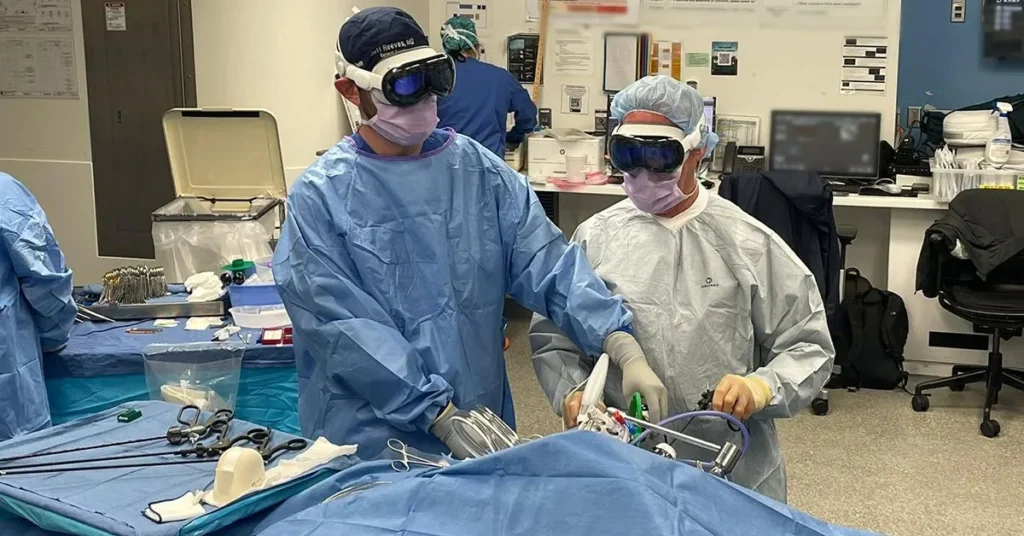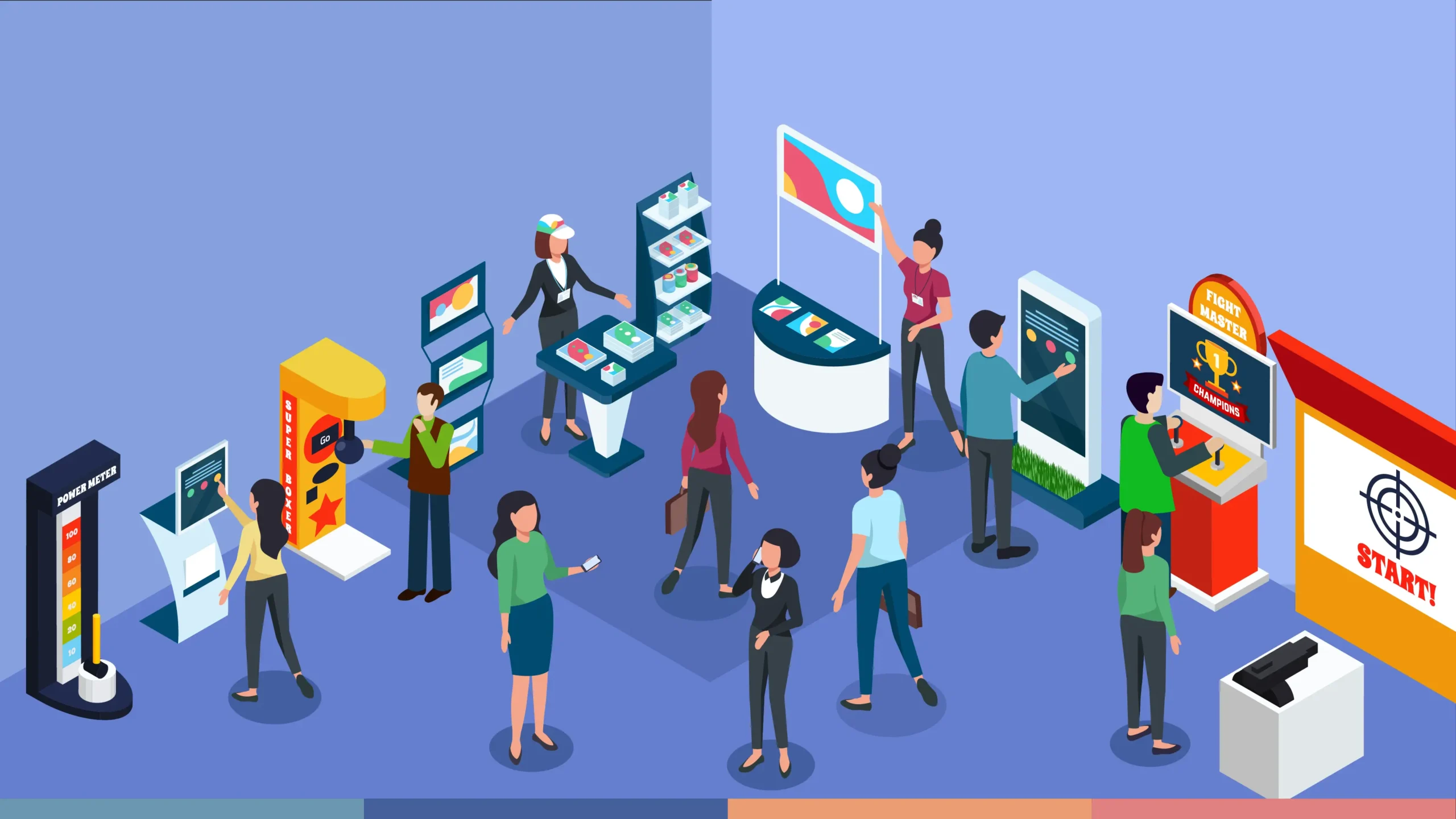Apple Vision Pro: The Latest and Its Shortcomings

The Apple Vision Pro has had a turbulent rollout since its initial reveal, now marked by a critical decision to reduce production due to unexpectedly low demand. Reports indicate that Apple has significantly reduced production of the Vision Pro since the summer, with the potential cessation of the current version’s production by year’s end. This decision is attributed to the device’s high price point of approximately $3,500, which has impacted sales compared to more affordable competitors like Meta’s Quest 3, which comes at a fraction of the cost. Apple’s significant reduction in manufacturing hints at the challenges the Vision Pro faces in establishing itself as a mainstream device. This price barrier limits its adoption rate, putting the Vision Pro at odds with Apple’s usual strategy of creating high-demand products, leaving both consumers and developers questioning the device’s viability.
Apple’s Software Enhancements
Apple has tried to boost user engagement on the software front by releasing visionOS 2 in September. Apple’s newsroom outlines key upgrades, including Spatial Photos for enhanced 3D images, new hand gestures for better navigation, and productivity-focused tools like the Mac Virtual Display. In September 2024, Apple released visionOS 2, introducing features such as:
Spatial Photos
Users can now transform existing photos into spatial images with enhanced depth and dimension.
New Hand Gestures
Improved navigation through intuitive hand movements.
Productivity Tools
Enhancements like Mac Virtual Display, mouse support, and customizable Home View to boost user productivity.
Developer and User Challenges
While these features may appeal to tech enthusiasts, they represent a minimal leap from other, more affordable AR/VR headsets already on the market. According to The Wall Street Journal, The Vision Pro has faced difficulties attracting major software developers, leading to a slowdown in new app releases since its January launch. This has resulted in some users opting to sell their devices. Comparatively, Meta Platforms dominates the market with a 74% share and supports developers financially. Developers suggest Apple should similarly invest in app development to entice content creators.
Despite these upgrades, the Vision Pro’s usability still faces criticism. For instance, the new hand gestures, while intuitive in theory, often don’t perform with the fluidity needed for seamless navigation. Limited third-party app development has also left users without robust software to justify the device’s high cost, as developers seem hesitant to invest heavily in the platform without clear market demand or financial support from Apple. Competitors like Meta have an edge here, providing funds to attract developer interest, a strategy Apple has yet to adopt. Without these incentives, Apple risks failing to build a sustainable app ecosystem, which is essential for a technology that relies on constant innovation to remain relevant.
Vision Pro’s Professional Applications
However, there are glimmers of potential. In fields like medicine, Vision Pro has shown its utility by allowing surgeons to view critical data during procedures, streamlining the workflow in ways that conventional medical devices cannot. TIME reports on how the Vision Pro offers hospitals an affordable alternative to traditional, bulky medical equipment. Surgeons at UC San Diego have begun utilizing the Vision Pro during minimally invasive operations. The headset allows them to view essential medical information directly in their line of sight, enhancing efficiency and reducing physical strain.

Source: TIME
Its affordability compared to traditional medical hardware makes it appealing for smaller hospitals. This demonstrates the headset’s potential in high-stakes fields where hands-free data visualization is crucial. It’s a promising development, yet limited in scope—this doesn’t guarantee a broader consumer or corporate adoption, but it does hint at niche professional applications where the device’s functionality could excel.
Prospects and Apple’s Potential Strategy
Moving forward, Apple will need to address the Vision Pro’s limited app offerings and high price tag if it hopes to carve out a more significant space in the AR/VR market. Apple is reportedly planning to expand its vision-based product lineup, potentially introducing smart glasses similar to Meta’s AI-enhanced Ray-Ban glasses by 2027. Additionally, there are rumors of AirPods with integrated cameras, leveraging Vision Pro technology. With visionOS 2’s incremental improvements, Apple might have to consider developer incentives, diversified content, and refined user controls to build lasting value. Lowering the device’s cost or expanding its software capabilities could also open it up to wider audiences, allowing it to compete on more even footing with competitors like Meta and other emerging AR/VR platforms.
Vision Pro in Training and Education
Although the Vision Pro hasn’t quite hit the mark with general consumers, its features hold exciting possibilities for corporate training and educational use. With visionOS 2, enhancements like the Mac Virtual Display and improved hand gestures could revolutionize virtual classrooms and training sessions. A remote corporate workshop could use Spatial Photos to bring visual aids to life, making diagrams and real-world objects more engaging than ever. Similarly, the Mac Virtual Display could allow educators to showcase multiple documents or visual aids in a single immersive space, creating a unique environment for focused learning.
In corporate training, the Vision Pro’s hands-free navigation and gesture-based controls open up new avenues for simulations where employees interact with digital interfaces without manual input. This is particularly useful in fields requiring real-time responses, such as customer service or healthcare, where trainees can practice scenarios in a controlled virtual environment. However, the limited selection of third-party applications is a hurdle, as companies would need specialized software tailored to their training needs—a challenging and costly endeavor without significant developer support from Apple.
For Vision Pro to succeed in education, further development is needed to fully maximize visionOS 2’s features. Improved gesture recognition, a more affordable price point, and a richer app ecosystem are crucial for making the device viable for educational institutions and companies. Without these adjustments, the Vision Pro risks becoming a niche tool rather than a widely adopted educational asset. Apple could benefit from integrating or even subsidizing development tools for corporate or educational software, encouraging more specialized applications that could attract these sectors to the Vision Pro ecosystem. Looking ahead, Level Up powered by Agate sees potential in exploring the potential of the Apple Vision Pro for our projects. With Vision Pro’s capabilities, as demonstrated in UC San Diego’s medical applications, we see promising opportunities for those interested in incorporating Vision Pro.
If you are interested in learning more about gamification and how it can benefit you or your organization
Check out our gamification services page and contact us today. We are ready to help you create a gamification experience that aligns with your needs and preferences.
The Authors

Junialdi Dwijaputra

Dias Setyanto
Related Articles
- All Posts
- All-EN
- Education-EN
- News-EN
- Service Highlight-EN









